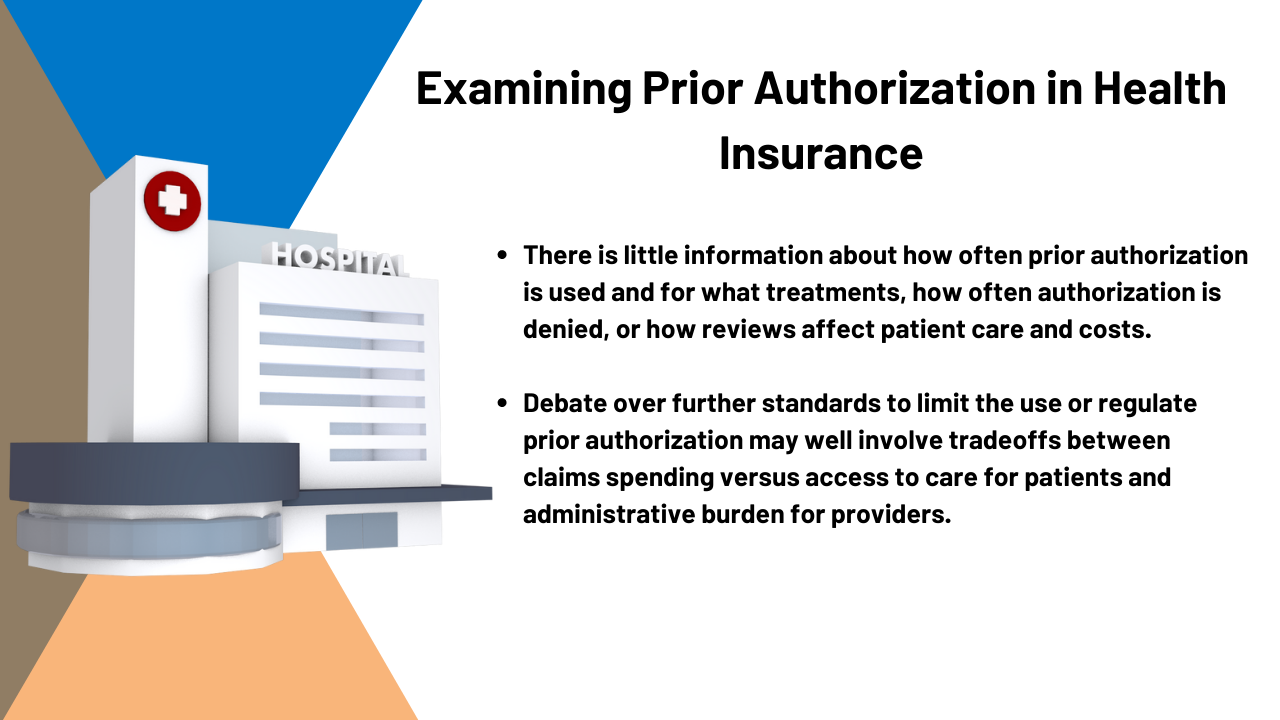Reshaping India's Insurance Landscape: Ind AS 117's Transformative Potential

Table of Contents
Understanding Ind AS 117: Key Features and Implications
Ind AS 117, mirroring the international standard IFRS 17, introduces a significantly different approach to accounting for insurance contracts compared to previous standards. The core principle centers around a more comprehensive and realistic valuation of insurance liabilities, recognizing the time value of money and incorporating various risk factors.
- Key Differences from Previous Standards: Unlike older standards which often used simplified methods, Ind AS 117 mandates a more granular approach, requiring detailed assessment of each contract's cash flows. This move towards a more precise valuation necessitates significant changes in accounting policies.
- Impact on Insurance Contract Recognition, Measurement, and Presentation: Ind AS 117 impacts the entire lifecycle of an insurance contract, from initial recognition based on the expected value of future cash flows, to ongoing measurement adjustments reflecting changes in risk and time, to final presentation in financial statements. This detailed approach ensures a more accurate representation of the insurer's financial position.
- IFRS 17 Convergence: The convergence of Ind AS 117 with IFRS 17 brings significant benefits to the Indian insurance sector by improving international comparability and attracting global investors seeking standardized financial reporting. This is a crucial step toward greater integration into the global financial system. The implementation of Ind AS 117 signifies a crucial step towards enhanced financial reporting, paving the way for a more robust and transparent insurance sector. The implications of Ind AS 117 implementation on insurance contract accounting are significant and far-reaching.
Impact on Insurance Companies' Financial Reporting
The adoption of Ind AS 117 will profoundly impact how insurance companies present their financial information.
- Profitability Reporting: The new standard's detailed approach to liability valuation will likely lead to fluctuations in reported profitability in the initial years of implementation. Companies will need to carefully analyze the impact on their profit and loss statements.
- Capital Adequacy and Solvency Ratios: The more accurate valuation of liabilities directly affects the calculation of solvency ratios, potentially requiring insurance companies to adjust their capital adequacy plans. This ensures a more realistic assessment of their financial strength.
- Insurance Liability Valuation: The shift towards a more comprehensive valuation of insurance liabilities necessitates advanced actuarial modelling and sophisticated IT systems. This process requires significant investment in technology and expertise. The valuation of insurance liabilities is a cornerstone of the standard, significantly impacting the accuracy of financial reporting.
- Data Collection and System Upgrades: Compliance with Ind AS 117 necessitates robust data collection mechanisms and significant upgrades to existing IT infrastructure to handle the increased complexity of calculations and reporting. This represents a considerable investment for many insurance companies.
Benefits of Ind AS 117 Adoption for the Indian Insurance Market
Despite the challenges, the long-term benefits of Ind AS 117 adoption are undeniable.
- Improved Transparency and Comparability: The standardization of accounting practices will lead to greater transparency and comparability of financial statements across different insurance companies, benefiting investors and regulators alike. This increased comparability is crucial for informed decision-making.
- Enhanced Investor Confidence and Access to Capital: Improved transparency and comparability will bolster investor confidence, thereby improving access to capital for Indian insurance companies and fostering growth. Stronger financial reporting builds trust, attracting investment.
- Strengthened Risk Management Practices: The rigorous valuation and reporting requirements will enhance risk management practices, leading to more prudent and sustainable business strategies. Better risk assessment leads to better risk management.
- Better Alignment with Global Accounting Standards (IFRS 17): Alignment with IFRS 17 facilitates integration into the global financial markets, providing access to wider investment opportunities and enhancing international competitiveness. The benefits of aligning with global standards are substantial.
Challenges in Implementing Ind AS 117
The implementation of Ind AS 117 will not be without its hurdles.
- Complexities in Adapting to New Accounting Requirements: The significant shift in accounting methodologies requires substantial effort in understanding and adapting to the new requirements. Comprehensive training and support are essential.
- Need for Significant IT Infrastructure Upgrades: The detailed calculations and reporting requirements necessitate significant investment in upgrading IT infrastructure and implementing new software systems. The cost of upgrading technology can be considerable.
- Need for Training and Upskilling of Personnel: Insurance companies must invest in training and development programs to equip their personnel with the skills necessary to comply with the new standard. This ensures smooth transition and effective implementation.
- Potential Transitional Challenges and Implementation Costs: The transition to Ind AS 117 involves significant costs, including those associated with system upgrades, training, and professional consulting services. Careful planning and budgeting are essential.
Conclusion: Embracing the Transformative Power of Ind AS 117
Ind AS 117 presents both significant challenges and transformative opportunities for India's insurance sector. While the implementation process requires substantial investment in technology, training, and resources, the long-term benefits – including enhanced transparency, improved risk management, and increased investor confidence – are undeniable. By embracing the changes brought about by Ind AS 117 and aligning with global accounting standards like IFRS 17, the Indian insurance sector can unlock its full potential, attracting greater investment and contributing significantly to the nation's economic growth. To learn more about Ind AS 117 implementation and navigate the changes successfully, explore available resources and consider seeking guidance from experienced consultants specializing in Ind AS 117 implementation in the Indian insurance sector. The future of financial reporting in India's dynamic insurance market depends on effectively adapting to this crucial shift in accounting standards.

Featured Posts
-
 Examining The Facts Does The Us Need Canadian Goods
May 15, 2025
Examining The Facts Does The Us Need Canadian Goods
May 15, 2025 -
 Rossiyskaya Raketnaya Ataka Na Ukrainu Masshtaby I Posledstviya
May 15, 2025
Rossiyskaya Raketnaya Ataka Na Ukrainu Masshtaby I Posledstviya
May 15, 2025 -
 Major League Soccer Injury Report Absence Of Martinez And White
May 15, 2025
Major League Soccer Injury Report Absence Of Martinez And White
May 15, 2025 -
 Paddy Pimblett Challenges Dustin Poiriers Retirement A Fight Fans Demand
May 15, 2025
Paddy Pimblett Challenges Dustin Poiriers Retirement A Fight Fans Demand
May 15, 2025 -
 Revolutionizing Voice Assistant Development Open Ais Latest Innovation
May 15, 2025
Revolutionizing Voice Assistant Development Open Ais Latest Innovation
May 15, 2025
